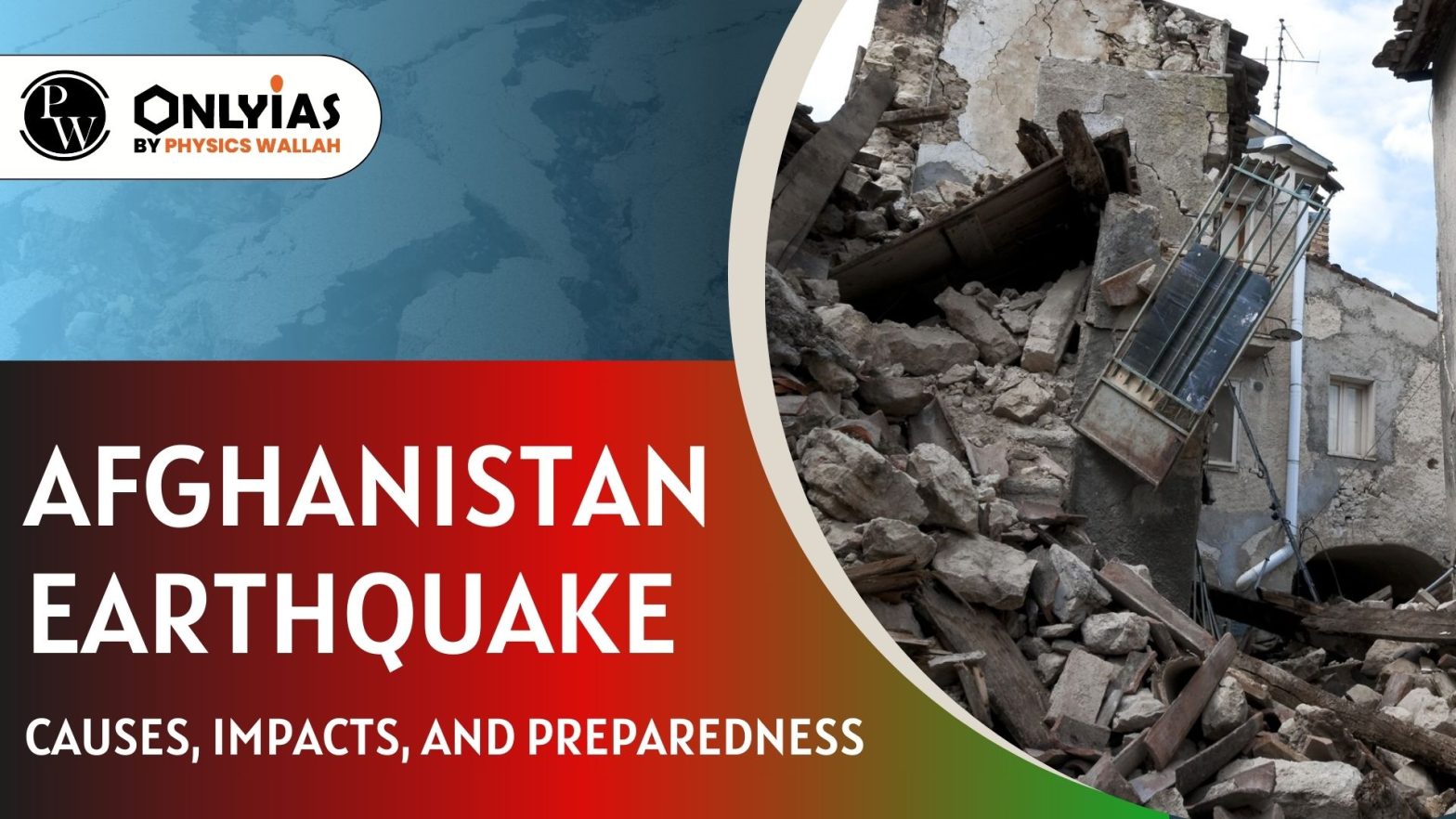
Context: Afghanistan Earthquake: A 6.3 magnitude earthquake has struck the Herat province in Afghanistan, resulting in severe destruction.
| P-waves (Primary waves) | S-waves (Secondary waves) | Surface waves |
|
|
|
| Richter scale |
|
| Moment magnitude scale |
|
| Modified Mercalli Intensity scale |
|
|
Guidelines issued by NDMA rest on six pillars of seismic safety for improving the effectiveness of earthquake management in India:
| Must Read | |
| NCERT Notes For UPSC | UPSC Daily Current Affairs |
| UPSC Blogs | UPSC Daily Editorials |
| Daily Current Affairs Quiz | Daily Main Answer Writing |
| UPSC Mains Previous Year Papers | UPSC Test Series 2024 |
<div class="new-fform">
</div>
